Don’t hold your breath waiting. It will be many years – if ever – before there is any prospect of seeing again anything like last month’s significant, but barely reported, news item: ‘Australian government net assistance to business fell last year to $12.1.billion, continuing a slow but inexorable reduction of government protection of Australian industry’. What the Australian has described as the ‘Whitlamesque fiscal freak show’ of government hand-outs (to offset the economically destructive lockdown) is reversing what has been a key element in Australia’s now-faltering 30 years of recession-free growth. It ends what the Productivity Commission, in its latest Trade and Assistance Review describes as ‘The long-run decline in assistance that has eliminated the worst economic inefficiencies… as Australia has moved towards an outward focused globalised economy encouraging previously sheltered firms to expand into international markets and compete with rival imported products while also generating vast benefits for Australian consumers’.
Even before the recovery big spend began, the Productivity Commission was warning that ‘some economic distortions still arise from current policy… [as] the slowing in the decline in tariff assistance has been offset by increases in budgetary assistance’. But the Commission’s chairman Michael Brennan has conceded that ‘assistance measures should not always be seen as adverse’ and that the government’s ‘unprecedented’ counter-pandemic measures should not be seen in the same light as those criticised, for example, for ‘providing project finance as a form of industry assistance…that has the potential to skew industry assistance to particular firms and projects with minimal public scrutiny…. During 2019 the expansion of project financing vehicles has the strong potential to distort the allocation of resources as well as imposing hidden costs to taxpayers through non-repayment risks and concessional financing subsidies. And some financing facilities are used by the government to pick winners (and hence losers) in an industry’. Sound familiar?
Such is the background against which there are growing concerns, like those of veteran business leader Charles Goode that ‘the explosion of government intervention in society to deal with the coronavirus pandemic could lead to lower economic growth, a bigger welfare state and more left-wing political policymaking in the future’. He is not alone in worrying that ‘It will be difficult for governments to withdraw their support… there is not a lot of evidence of governments withdrawing from territory once they have captured it. I think we will have a much more government-involved society’. Political guru Sir Lynton Crosby has also expressed the fear that by letting the government step in and participate across the economy more broadly and deeply than before, governments will get bigger and bolder and there will be no return to the pre-pandemic position for a very long time – if ever.
There is little doubt now about the size and nature of that intervention. Last week, the Parliamentary Budget Office released estimates (based on the Reserve Bank’s CV-19 economic intervention scenarios) of Australia’s net debt rising over the next decade by an extra $500-$620 billion, representing a more than ten-fold hike in the debt burden from the pre-coronavirus forecast of 1.8 per cent of GDP to 17 per cent. There is also little doubt that Prime Minister Scott Morrison and the fiscally conservative ‘small government’ members of the Coalition party room are well aware of the risks in their Keynesian $150 billion get-well fiscal medicine. Morrison acknowledged that the PBO report flagged the need to avoid long-term structural damage to the budget caused by ‘baked-in’ expenditure. ‘That is why the expenditure we are engaged in has to be well measured, well targeted and time-limited. It can’t provide long-lasting heavy burdens on the fiscal side; don’t bake in long-term expenditure because your revenues get hit as well, was the lesson of the GFC’. So with debt likely to hit $1 trillion by 2030, the prospect of getting back in the black is a long way off.
But fixing a debt-propelled fiscal fantasy is not the major task. With 60 per cent of the working population now supported by or working for the government and with Australian business happy to have its hand held by a beneficent government, without another miracle, big government is here to stay.
Got something to add? Join the discussion and comment below.
Get 10 issues for just $10
Subscribe to The Spectator Australia today for the next 10 magazine issues, plus full online access, for just $10.
You might disagree with half of it, but you’ll enjoy reading all of it. Try your first month for free, then just $2 a week for the remainder of your first year.

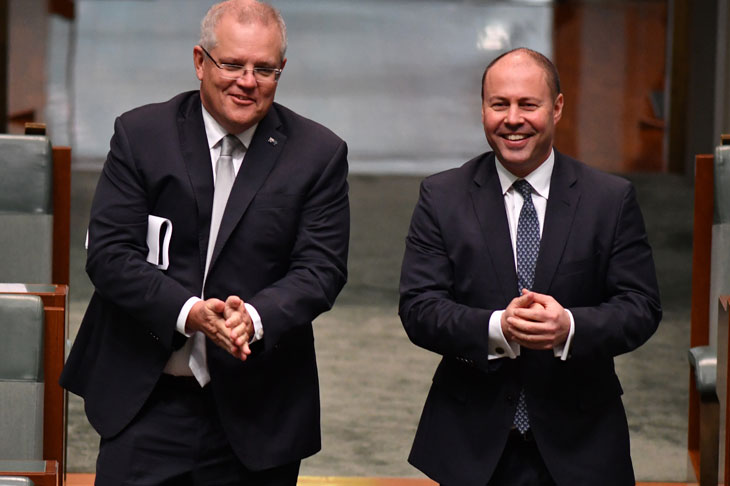
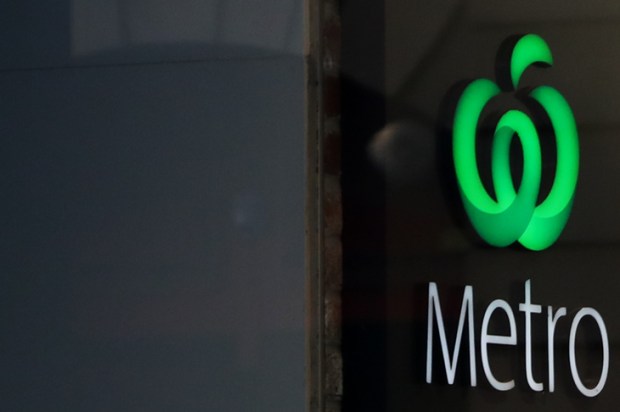
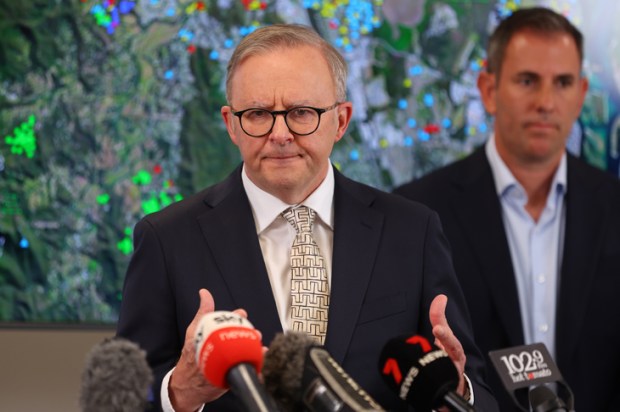
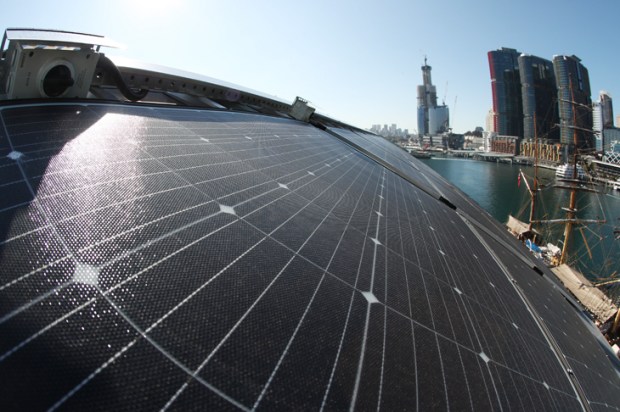

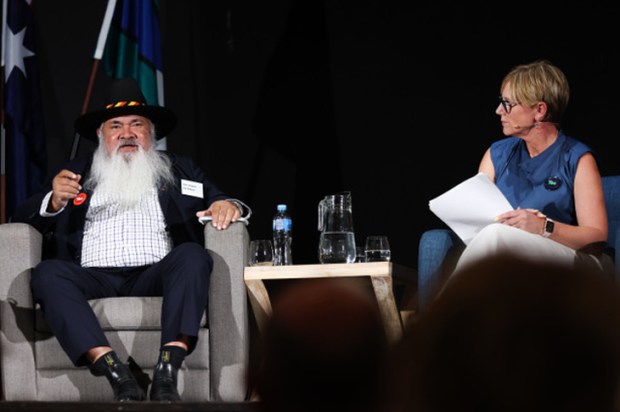







Comments
Don't miss out
Join the conversation with other Spectator Australia readers. Subscribe to leave a comment.
SUBSCRIBEAlready a subscriber? Log in